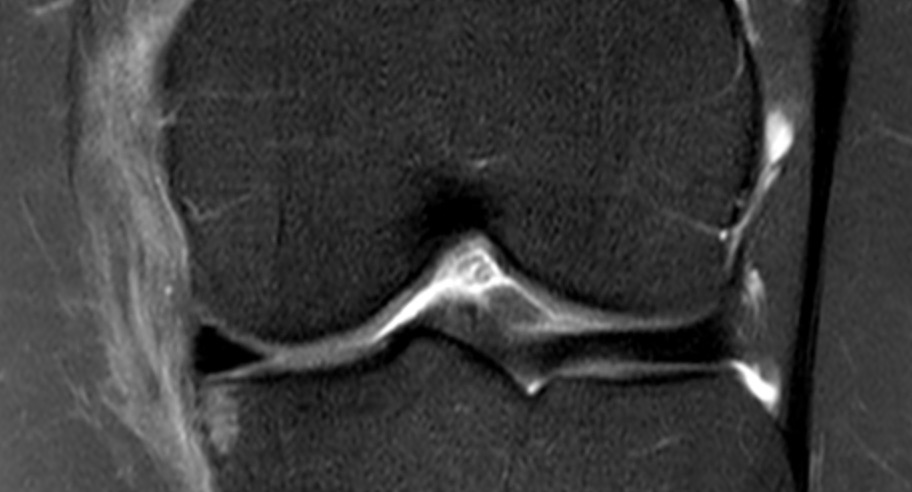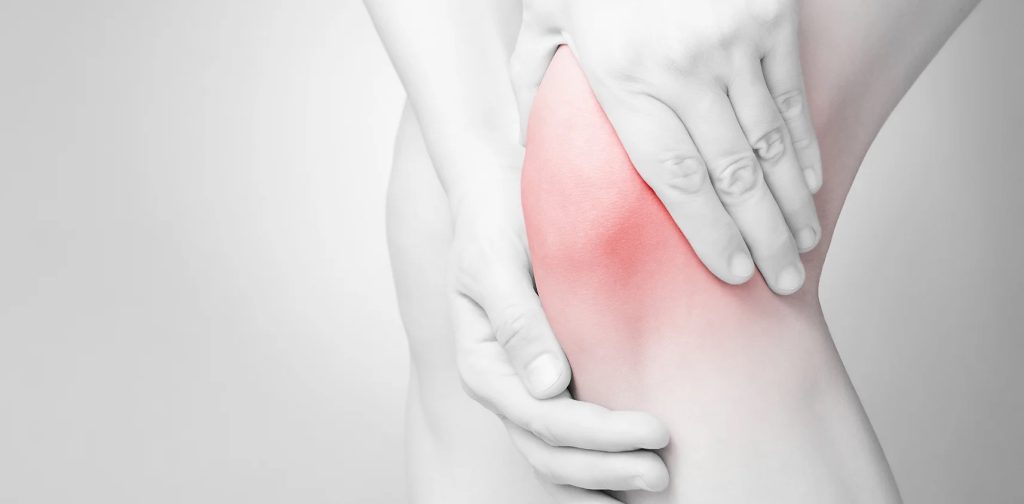
MCL Tear

Medial Collateral Ligament (MCL) tear
The MCL is the main ligament on the inside of the knee. The MCL connects the thigh bone (femur) to the leg bone (tibia) and is important for making the knee stable and allowing a person to run, climb, and jump.
Medial Collateral Ligament tear
The most common mechanism for a person to tear his MCL is when an impact is applied to the outside part of the knee, causing the knee to buckle inwards. This is called a Valgus impact mechanism. This may happen from contact sports such as rugby, football or may occur during improper landing from a jump. Many people suffer this simply from falling on the stairs or just missing a step.
When the MCL is injured, people feel pain on the inside of their knee that may occur with every step they take. Stairs will also be difficult, and they may feel difficulty straightening or bending the knee fully.
Various degrees of MCL tear
Mild MCL injuries are grade I, where it is mostly a sprain without much actual ligament tear.
Moderate MCL injuries are grade II, where there is a partial tear of the ligament.
Severe injuries are grade III, where the ligament is completely torn.
To determine the severity of the injury and the likely required treatment, Orthopaedic Surgeons will do a physical examination of the knee and an MRI scan. Information from both is assimilated to reach the diagnosis.

Does the MCL heal on its own?
The MCL generally has potential to heal on its own. Contrast this with the ACL (Anterior Cruciate Ligament), which once fully torn, does not heal properly on its own. However, to assist it to heal, several simple treatments are used:
1) Rest the leg as much as possible
2) Cold compress on the inside of the knee
3) A knee brace to support the knee when walking
4) Collagen supplements
5) Subsequently, physiotherapy to re-strengthen the ligament and the knee
However, some MCL injuries may not heal well on its own, especially those with grade II or III injuries, or in cases with multi-ligament tears.
In such cases, treatment options are biological injections or surgical repair.
Also, MCL injuries may take several months to heal, even grade I injuries.
What can be done to make the MCL heal faster?
For appropriate cases, typically grade I or II injuries, a biological injection is a good treatment to stimulate the ligament to heal. This involves taking blood from the patient (just like normal blood-taking), processing the blood to obtain the portion with the growth factors, and injecting this into and around the ligament. The whole process takes about 20-30 min only.
Typically, this can be a 1- to 2-course treatment.
What if my MCL is completely torn?
If the MCL is a grade 3 injury, your Orthopaedic Surgeon needs to make a judgement call of whether surgical repair is better, taking your unique circumstances into account. For example, an active sportsman with high functional demands on the knee will benefit from surgical repair. This is because surgical repair is much more definite and faster in terms of the recovery potential and recovery time.
Surgical repair for MCL tears are typically done using a small incision over the inside of the knee. Small plastic screws called suture anchors are inserted into the bone, and using the stitches attached to these anchors, the surgeon can then repair the ligament down to the bone, ensuring definite and maximum healing of the ligament. This is considered a small surgery with minimal risks.
Centurion Orthopaedic Centre
38 Irrawaddy Road
Mt Elizabeth Novena Hospital Specialist Centre #07-40
Singapore 329563









